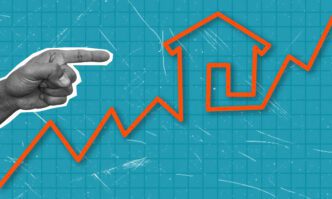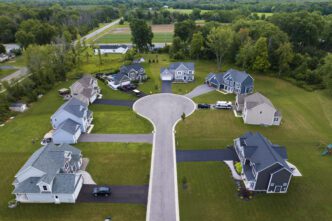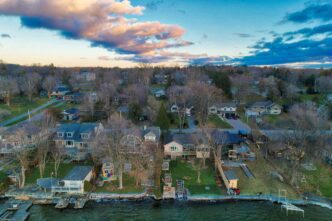Executive Summary
- The average 30-year fixed mortgage rate rose by two basis points to 6.24%, remaining near its lowest point for the year.
- Despite the rate increase, home loan applications saw a significant jump of nearly 6%, reaching their highest level since September.
- Existing-home sales also increased by 1.5% in September, suggesting the market is responsive to rate stability.
- The 15-year fixed-rate mortgage saw a slight decrease, falling to 5.49%.
The average 30-year fixed-rate mortgage in the United States increased slightly to 6.24% this week, marking the second consecutive modest rise, according to Freddie Mac’s Primary Mortgage Market Survey. Despite the uptick, rates remain near their lowest levels of the year, and the housing market is showing signs of renewed activity with a notable increase in home loan applications.
While the 30-year rate saw a two-basis-point increase from last week’s 6.22%, the 15-year fixed-rate mortgage decreased marginally from 5.50% to 5.49%. Sam Khater, chief economist at Freddie Mac, noted the encouraging trend, stating, “Rates for the 30-year and the 15-year fixed-rate mortgage essentially remained flat this week, but we did see purchase activity increase.”
Mortgage rates have remained above 6% since September 2022, creating significant affordability challenges for many prospective buyers. The current average is below the 6.78% rate from the same period last year, but borrowing costs remain a primary hurdle. Market experts attribute these rate levels to factors including Federal Reserve policy and fluctuations in the 10-year Treasury yield, which rose to 4.10% this week.
Despite the persistently high rates, the Mortgage Bankers Association reported that home loan applications jumped by nearly 6% last week, the highest volume recorded since September. Refinancing applications accounted for a substantial 56% of total mortgage applications, indicating continued homeowner interest in securing better terms.
This uptick in activity aligns with other positive market indicators. In September, existing-home sales posted a 1.5% gain, reaching a seasonally adjusted annual rate of 4.06 million units, the highest level since February. This suggests that even small dips or stability in mortgage rates can stimulate demand from both buyers and those looking to refinance.
Regional Trends and Outlook
The market continues to navigate complex conditions, with nearly eight in ten U.S. metropolitan areas experiencing home price increases during the third quarter of 2025. This underscores the persistent affordability pressures and uneven trends affecting different regions across the country. The data suggests a market that is highly sensitive to borrowing costs but possesses underlying demand ready to act on favorable conditions.








